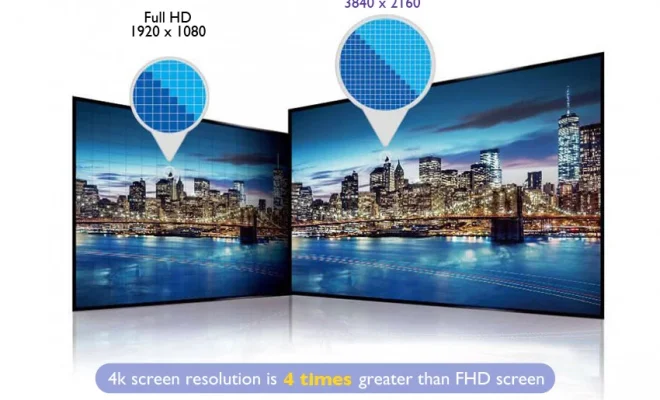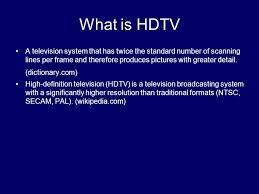Screen Resolution: FHD vs UHD

Screen resolution is an aspect that determines the quality of images and visuals that are displayed on a screen. Two popular screen classifications, namely Full High Definition (FHD) and Ultra-High Definition (UHD), offer varying levels of visual clarity and crispness for users. In this article, we will explore the differences between FHD and UHD, their respective advantages and disadvantages, and how to choose the right one for your needs.
FHD, also known as 1080p, refers to a resolution of 1920 x 1080 pixels. It is the industry standard for most modern-day displays and is commonly used for televisions, monitors, laptops, and mobile phones. FHD is an excellent resolution for most everyday tasks, such as watching videos, browsing the internet, and playing casual games. The sharpness and image quality of FHD are noteworthy, making it a popular choice for those on a budget or those who do not require the highest resolution for their work or entertainment.
UHD, on the other hand, is a newer technology that boasts a significantly higher screen resolution than FHD. UHD, also known as 4K, has a resolution of 3840 × 2160 pixels, which is four times the resolution of FHD. UHD offers an unprecedented level of clarity, sharpness, and detail, making it an excellent choice for professional photographers, graphic designers, and videographers who require high-end hardware to perform their tasks. UHD displays are also becoming common in high-end gaming, offering immersive visuals that enhance the gaming experience.
One of the key advantages of FHD is its affordability. FHD displays are more affordable than UHD displays, making them an ideal choice for those on a tight budget. FHD displays are also more widely available, making them the norm for most consumer electronics, including televisions, monitors, laptops, tablets, and smartphones.
UHD offers a higher level of visual quality than FHD and is ideal for creative professionals that need high-resolution displays to achieve their work goals. UHD displays deliver incredible detail and clarity, making it easier to work with graphics, photos or create high-quality videos. They also come with a broader color gamut and offer more precise color rendering, making them ideal for applications where color accuracy is critical.
In terms of disadvantages, FHD displays may not offer the same level of detail and clarity as UHD displays, making text and images appear less sharp. Additionally, FHD displays cannot match the level of color reproduction and brightness levels that UHD displays offer.
UHD displays, on the other hand, tend to be more expensive than FHD displays, making them less accessible to the average person. They also consume more power than FHD displays, requiring a more powerful graphics card and processor to run smoothly.
When choosing between FHD and UHD displays, it is essential to consider your needs and budget. If you are looking for an affordable display that offers good visual quality, FHD is a suitable choice. However, if you are a professional graphic designer, photographer, or videographer, a UHD display will provide you with a higher level of visual clarity and detail.
In conclusion, both FHD and UHD displays have their unique advantages and disadvantages. It is up to you to choose the display that best suits your needs, budget, and usage scenario. Whether you opt for the affordability of FHD or the high-end visual quality of UHD, you can be sure that each option will provide you with an excellent viewing experience.






